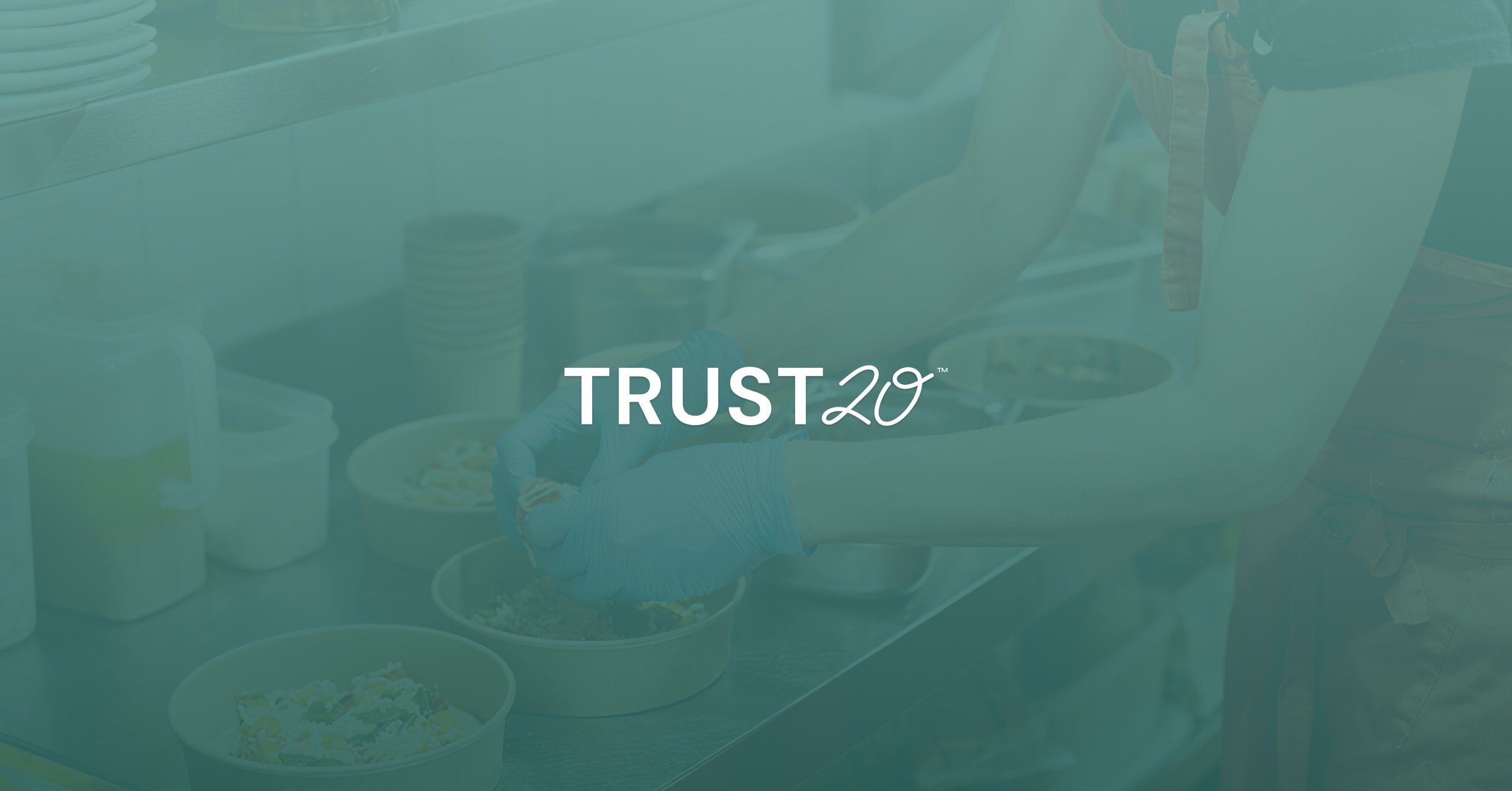According to the National Highway Traffic Safety Administration (NHTSA), 13,384 people were killed in crashes that involved alcohol-impaired drivers in 2021.1 This sobering number is a reminder that responsible alcohol service saves lives.
Responsible alcohol service is essential–particularly when it comes to preventing continued service to someone who is already visibly intoxicated. Overservice has many harmful consequences, but adhering to local laws, regulations, and best practices can help you and your establishment protect your customers, teammates, and community.
In this blog, we’ll explore the potential consequences of overservice and how to prevent it using responsible alcohol service best practices. The following is not legal advice; it is general guidance meant to inform.
We’ll answer questions such as:
What are my responsibilities when it comes to overservice?
What laws address overservice?
What are the consequences of overservice?
How can I help prevent overservice?
What are some other strategies for serving alcohol responsibly?
What is overservice?
Overservice is the act of serving alcohol to someone who is visibly intoxicated. Overservice contributes to car accidents and violence and is illegal in most states.2
If you overserve a customer, they may be able to fault you or your establishment for certain incidents that occur both on and off-premise due to their intoxication.
Incidents your establishment may be held responsible for include drunk driving accidents, sexual assault and harassment, and aggressive behavior.
What are my responsibilities when it comes to overservice?
Alcohol servers work to ensure their customers have a safe and enjoyable experience. Safe alcohol service and preventing overservice are two crucial aspects of meeting these responsibilities.
You and your establishment are also legally responsible for complying with state and federal laws governing alcohol service.
What laws address overservice?
Overservice of alcohol is illegal and governed by each state’s dram shop laws. Dram shop laws hold an establishment liable for overserving customers who injure others. These laws allow third-party victims to file civil lawsuits against an establishment and staff involved in overservice. Laws vary from state to state.
Legal penalties imposed by dram shop laws include third-party claims. In some states, customers may sue an establishment and/or staff for damages caused by an intoxicated person’s behavior. They may also seek damages against the intoxicated individual.
It’s important to familiarize yourself with your state’s dram shop laws because they vary depending on location. For example, Ohio’s dram shop laws enable first and third-party negligence claims. However, staff can only be held liable if certain circumstances are met, such as an injury needing to occur on the premises.3
What are the consequences of overservice?
Overservice creates risk to public health and safety. Excessive alcohol consumption can lead to risky behavior or alcohol poisoning, which puts customers, the intoxicated person, and others at risk. With more than 178,000 deaths a year estimated to be attributable to excessive alcohol use, taking steps to prevent overservice is key in reducing potential harm to customers and others.4
Overservice violations can result in your business losing its liquor license, fines, and even permanent closure. Incidents involving an intoxicated individual can also damage an establishment’s reputation and drive customers away.
How can I help prevent overservice?
Now that you’ve learned about the laws that address overservice and its consequences, let’s discuss preventing it. To help avoid overservice, you can use three techniques to assess whether someone is becoming intoxicated.
-
Start observing customers upon their arrival. If they become intoxicated while in your establishment, you can spot dramatic changes in their behavior.
-
Count a customer’s drinks to monitor alcohol consumption. Pay close attention to the number and type of drinks and the frequency of drink orders).
-
Talk to your customers consistently. Engage customers in conversation to evaluate their level of coherence and responsiveness.
These observational techniques will allow you to easily spot the key physical signs of intoxication. If one of your customers starts showing signs of intoxication listed below, it may be time to discontinue alcohol service (and offer food and water).
|
Signs of intoxication |
|
|
Eyes |
An intoxicated customer’s eyes may become bloodshot, glossy, or droopy. |
|
Speech Pattern |
An intoxicated customer may start speaking slowly, having a hard time finishing a sentence, or slurring their words. |
|
Speech Volume |
An intoxicated customer may become louder, more rude, or brash. |
|
Order Changes |
An intoxicated customer may start to order stronger alcoholic beverages. |
|
Social Engagement |
An intoxicated customer may have difficulty staying awake or start socializing more with strangers. |
What are some other strategies for serving alcohol responsibly?
While it is important to be able to recognize intoxication and customers at risk for overservice, you want to try to prevent them from getting to that point at all. Some essential safe alcohol service best practices include:
-
Offering water and food to customers regularly. This strategy is a simple, indirect way to slow down a customer’s alcohol consumption.
-
Slowing service to customers who are becoming intoxicated. Deliver orders to other customers or drop off water glasses before bringing a seemingly intoxicated customer their next round.
-
Understanding how to identify a fake ID. Serving a minor or someone using a fake ID is illegal and comes with many of the same consequences as overservice.
-
Practicing how to refuse alcohol service to an intoxicated customer. It will be easier to respond at the moment if you are familiar with your establishment’s policies and have a script to work with.
-
Knowing when it is time to ask your manager for help. Sometimes, you will need an authority figure to step in. Speak with your manager before your shift starts to clear up any questions you might have about handling difficult situations.
Staying vigilant will help you avoid the consequences of overservice
Serving alcohol responsibly is essential to preventing overservice and protecting yourself, your customers, and your establishment from serious consequences. Preventative measures like customer observation and communication will help you create a safe and enjoyable environment for everyone in your establishment. Responsible alcohol practices will also reduce the risk of intoxicated incidents and ensure you and your establishment comply with federal and state laws.
If you’re new to serving alcohol or need to refresh your skills, consider taking an alcohol server training so you’re fully equipped with best practices to serve responsibly.
Understanding responsible alcohol service will help you maintain a safe environment in your establishment.
Sources:
-
NHTSA: Alcohol-Impaired Driving
-
National Library of Medicine: Strategies Used by Local Law Enforcement Agencies to Prevent Overservice of Alcohol in the United States
-
Ohio Revised Code: Section 4399.18 | Liability for acts of intoxicated person.
-
National Institute on Alcohol Abuse and Alcoholism: Alcohol-Related Emergencies and Deaths in the United States






.png)

.png)
